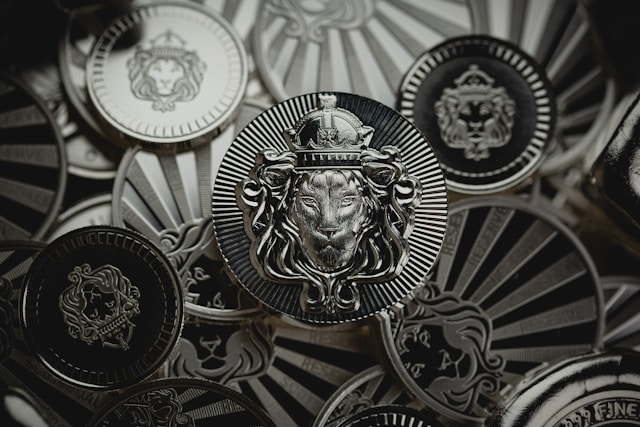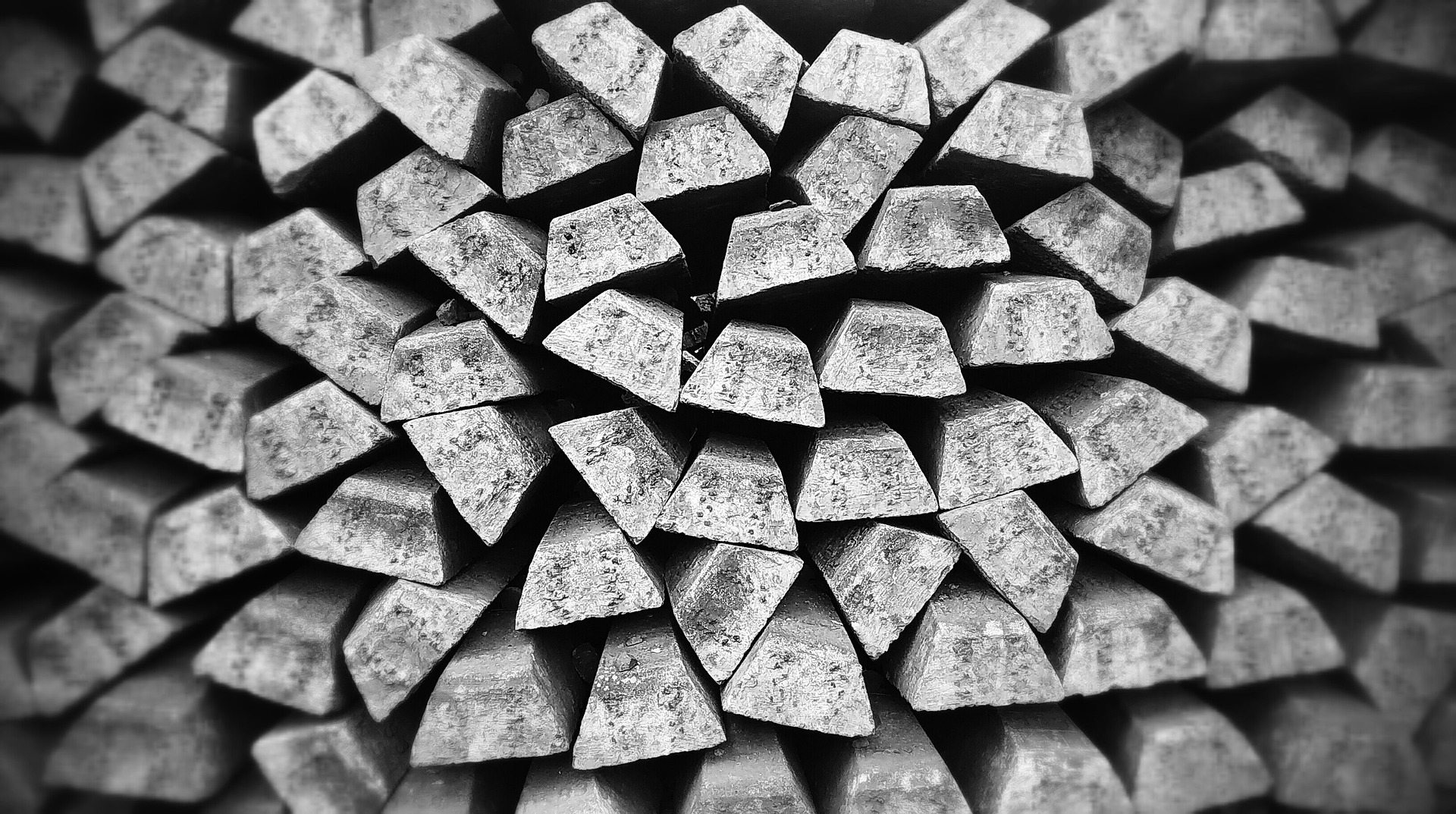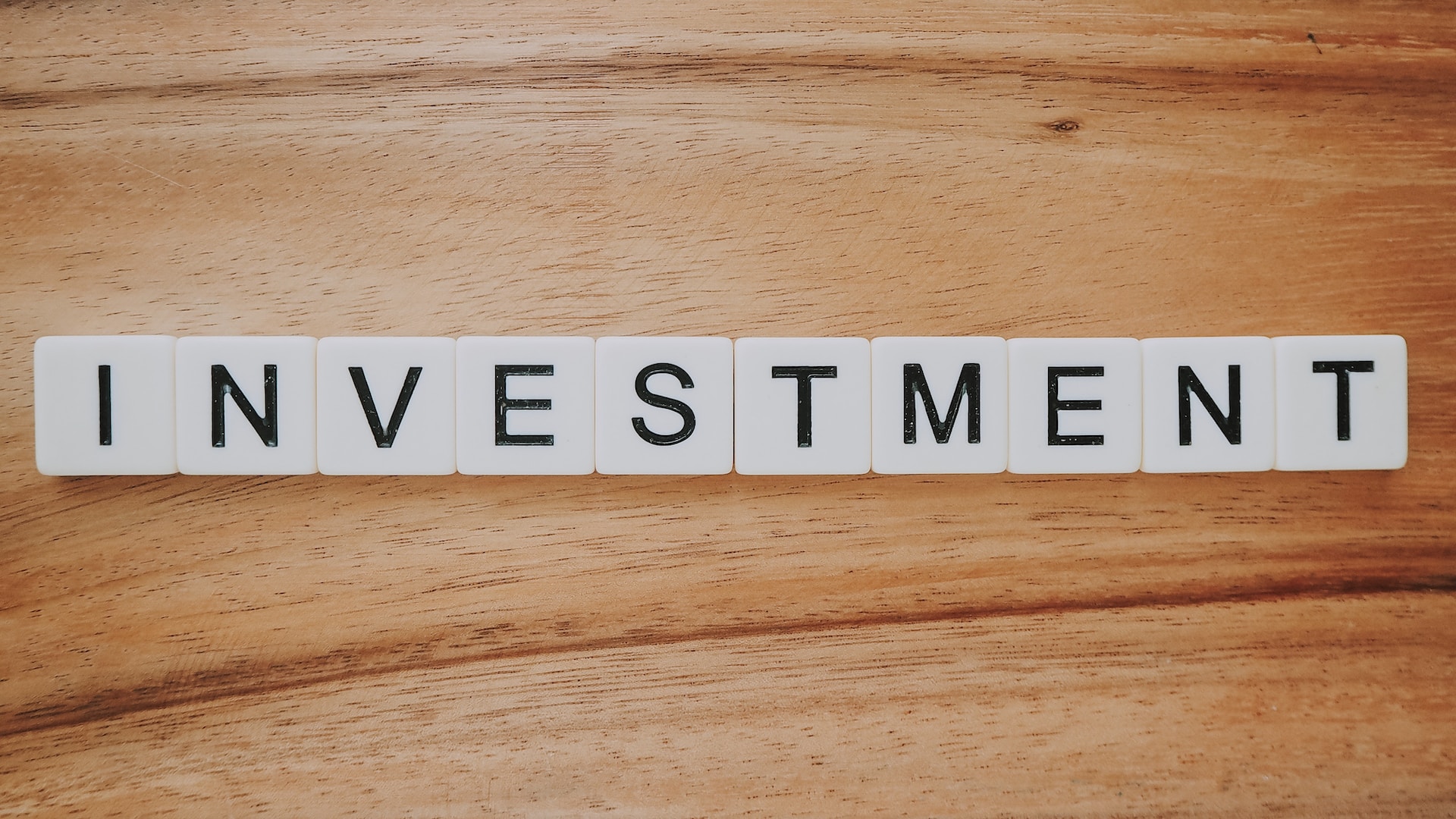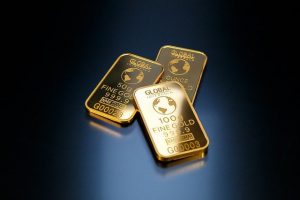Evaluating the Bearish Trend: An Analysis of the Underperformance of Silver Investments

Are you feeling the heat of a bearish trend in your silver investments? Wondering why this precious metal seems to be lagging while others shine bright? Well, buckle up and get ready for an in-depth analysis that will uncover the secrets behind the underperformance of silver.
In this blog post, we’ll dissect market trends, economic indicators, and investor sentiments to shed light on the intriguing story of Silver’s struggle. So grab your magnifying glass and join us on this thrilling journey as we navigate through the murky waters of investment patterns and uncover what lies beneath the bearish wave affecting our beloved shiny metal.
Price Volatility and Market Dynamics
 One of the primary reasons behind the perception of silver underperformance is its inherent price volatility. Silver prices are influenced by a multitude of factors, including economic indicators, geopolitical events, and fluctuations in currency values. This volatility can make silver a challenging asset to predict and invest in, leading some investors to perceive it as underperforming, especially when compared to more stable assets.
One of the primary reasons behind the perception of silver underperformance is its inherent price volatility. Silver prices are influenced by a multitude of factors, including economic indicators, geopolitical events, and fluctuations in currency values. This volatility can make silver a challenging asset to predict and invest in, leading some investors to perceive it as underperforming, especially when compared to more stable assets.
Gold Dominance in Precious Metals
Gold has traditionally overshadowed silver in the precious metals category. Investors often view gold as a more reliable store of value and a safe-haven asset during times of economic uncertainty. As a result, silver tends to underperform in comparison to gold, creating a perception that it lacks the same level of stability and appeal for investors seeking a safe-haven investment. For example, a silver bar would typically sell for significantly less than an equivalently sized gold bar.
Industrial Demand Challenges
While silver’s industrial applications are significant, global economic fluctuations can impact its industrial demand. Economic downturns or shifts in industrial production can lead to reduced demand for silver, affecting its overall performance. Investors closely monitor these industrial trends, and any signs of weakness in global manufacturing or technology sectors can contribute to the perception that silver is underperforming.
Investment Preferences for Growth Assets
In a market where growth assets often take center stage, some investors may perceive silver as a slower-growing asset compared to high-flying stocks or cryptocurrencies. Silver’s role as a wealth preservation tool and a hedge against inflation may not resonate as strongly with investors seeking rapid capital appreciation, leading to the perception that silver is underperforming in the context of broader market preferences.
Overemphasis on Short-Term Performance Metrics
Investors evaluating silver’s performance may sometimes focus excessively on short-term metrics. Silver, like any other investment, experiences periodic fluctuations. Overemphasizing short-term performance can lead to a skewed perception of silver’s overall value and potential. Investors with a long-term perspective may see silver’s underperformance as a temporary phase within its broader historical context.
Market Manipulation Concerns
 Conspiracy theories and concerns about market manipulation have circulated in the precious metals market. Some investors believe that silver prices are suppressed artificially, preventing the metal from realizing its true market potential. While these claims lack substantial evidence, the perception of market manipulation can contribute to the belief that silver is underperforming relative to its intrinsic value.
Conspiracy theories and concerns about market manipulation have circulated in the precious metals market. Some investors believe that silver prices are suppressed artificially, preventing the metal from realizing its true market potential. While these claims lack substantial evidence, the perception of market manipulation can contribute to the belief that silver is underperforming relative to its intrinsic value.
The perception of silver underperformance among investors is influenced by a combination of factors, including price volatility, gold dominance in precious metals, challenges in industrial demand, preferences for growth assets, overemphasis on short-term metrics, and concerns about market manipulation. While these concerns are valid from certain perspectives, it’s crucial to recognize the broader context and dynamics of the precious metals market.…


 Research and staying informed are key to navigating the world of silver investments successfully. Take the time to understand the current market trends, historical price movements, and factors that can influence silver prices. Stay updated on news related to global economies, political events, and any other macroeconomic factors that may impact the precious metals market. One way to stay informed is by following reputable financial news outlets or subscribing to newsletters from trusted experts in the field. These sources can provide valuable insights into market conditions and offer expert analysis on silver investment opportunities. Additionally, it’s crucial to educate yourself about different forms of silver investments.
Research and staying informed are key to navigating the world of silver investments successfully. Take the time to understand the current market trends, historical price movements, and factors that can influence silver prices. Stay updated on news related to global economies, political events, and any other macroeconomic factors that may impact the precious metals market. One way to stay informed is by following reputable financial news outlets or subscribing to newsletters from trusted experts in the field. These sources can provide valuable insights into market conditions and offer expert analysis on silver investment opportunities. Additionally, it’s crucial to educate yourself about different forms of silver investments.

 One of the advantages of investing in gold is that it is almost universally recognized as a valuable store and is often used for jewelry. The most significant disadvantage of gold is that the price per gram or ounce becomes high. And investing in gold brings a problem when investing in almost all metal goods. You release your money into a fund that you cannot use in specific scenarios. In various situations, you want to exchange in a critical reduction exchanging gold jewelry to get a basket of food, since that is all you want to exchange.
One of the advantages of investing in gold is that it is almost universally recognized as a valuable store and is often used for jewelry. The most significant disadvantage of gold is that the price per gram or ounce becomes high. And investing in gold brings a problem when investing in almost all metal goods. You release your money into a fund that you cannot use in specific scenarios. In various situations, you want to exchange in a critical reduction exchanging gold jewelry to get a basket of food, since that is all you want to exchange.